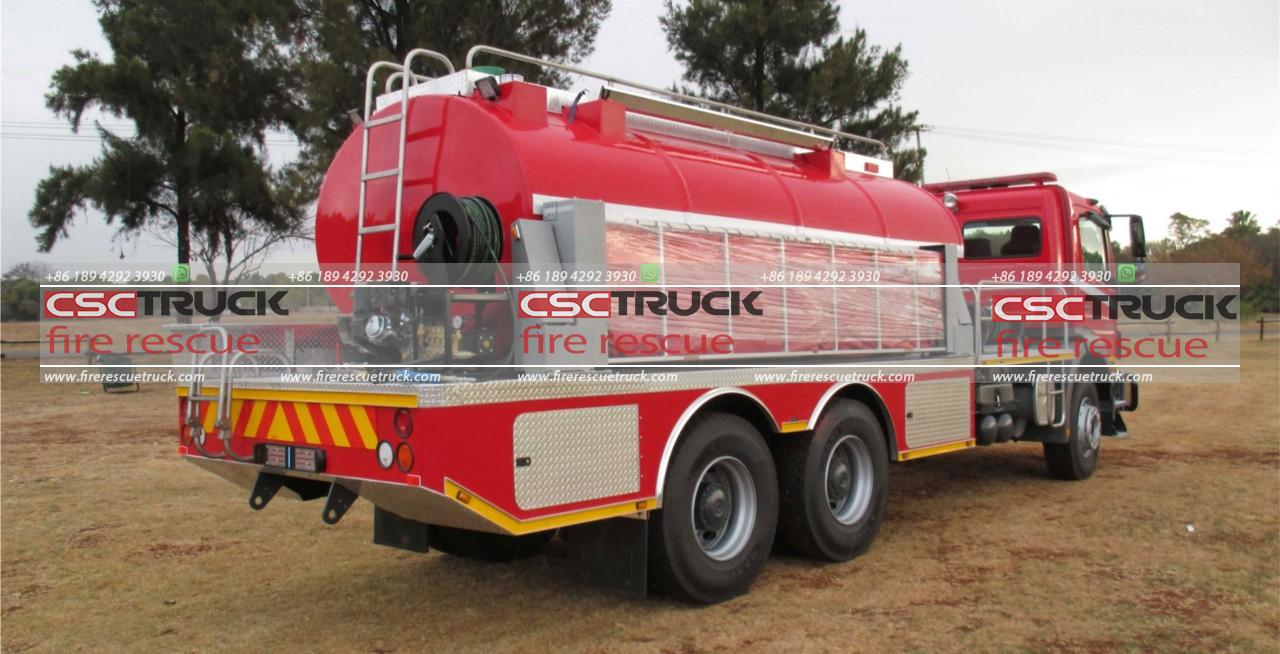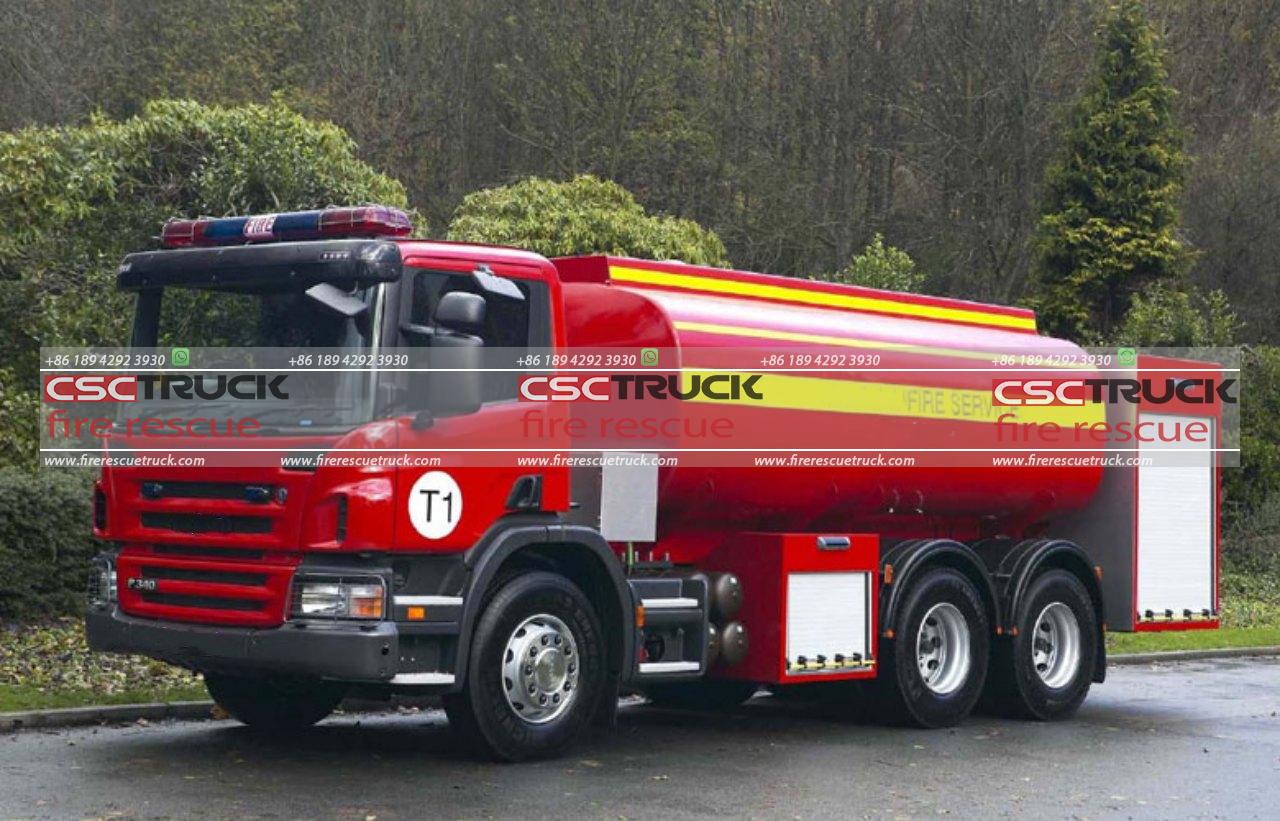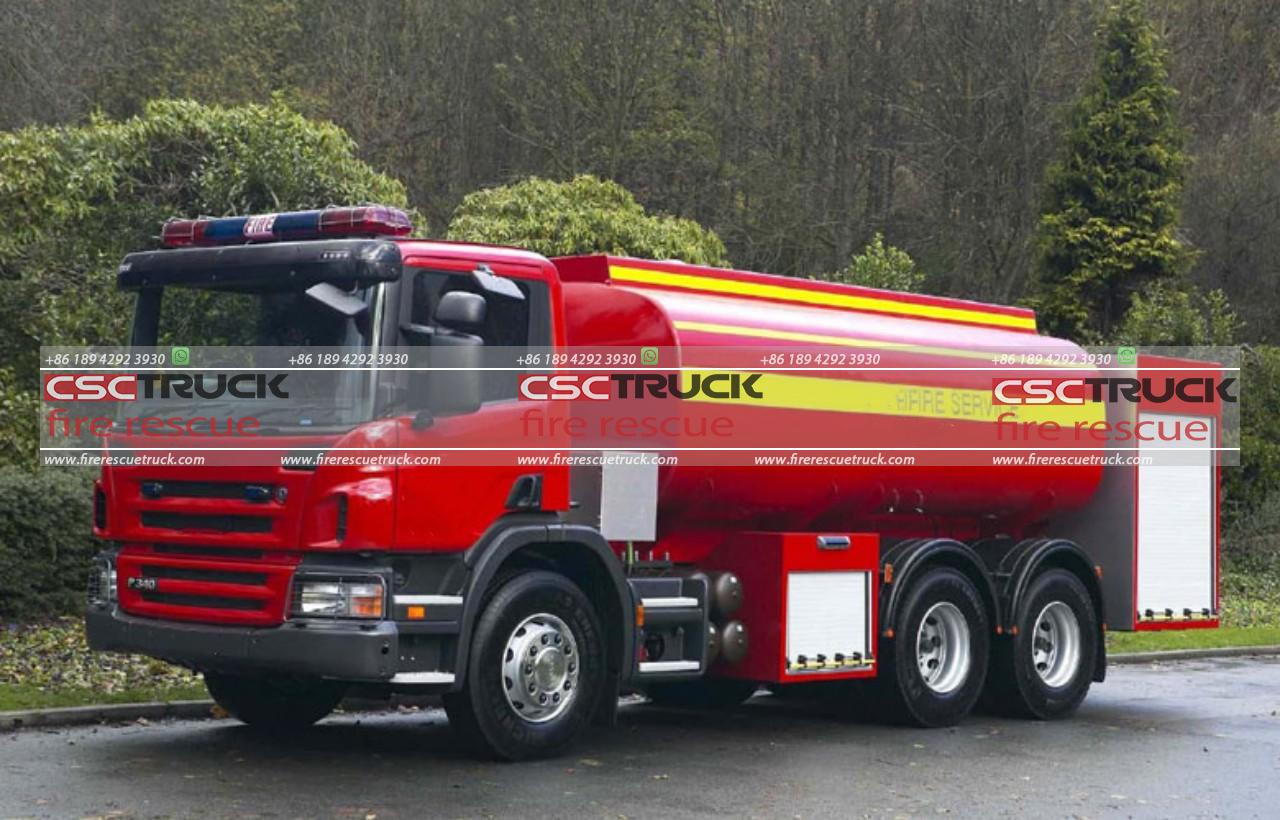Water Bowser: Durable Water Bowsers for Essential Firefighting Support
In the realm of firefighting, the reliability of equipment can be the difference between life and death, between saving a home and watching it succumb to flames. Among the myriad tools that firefighters rely on, the water bowser stands out as a critical asset. Durable water bowsers provide essential firefighting support, ensuring that water – the most fundamental firefighting resource – is always available, even in the most challenging circumstances.
The Importance of Water Bowsers in Firefighting
Firefighting often takes place in environments where water sources are not readily accessible. Wildfires, for instance, can rage through forests and rural areas far from hydrants or other water supplies. In urban settings, infrastructure damage can disrupt water availability. Here, water bowsers, mobile tanks designed to transport and dispense large quantities of water, become indispensable.
Water bowser fire trucks are versatile and can be rapidly deployed to various locations, delivering crucial water supplies where they are needed most. This mobility ensures that firefighters are never stranded without water, whether they are battling a wildfire in a remote location or a building fire in a city.
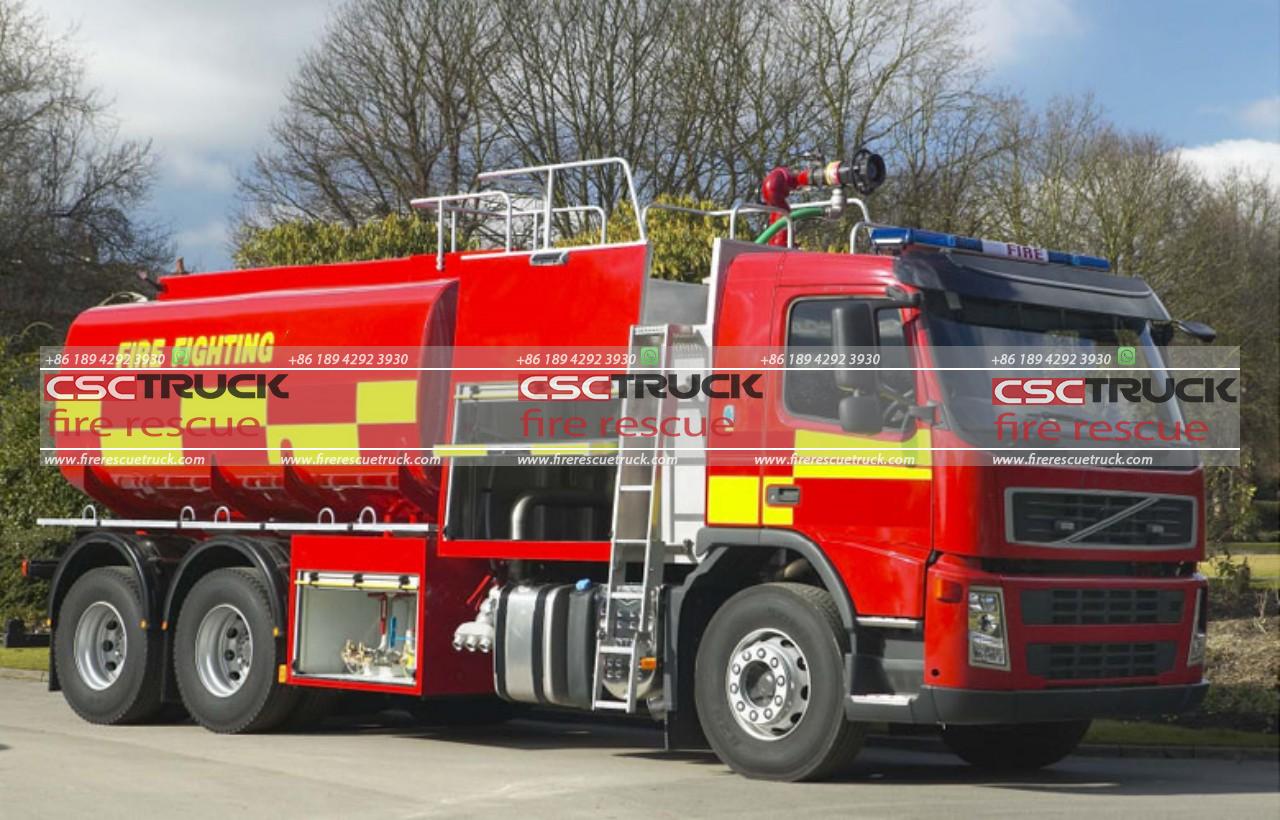
Durability: A Non-Negotiable Feature
The durability of a water bowser is paramount. These units are often subjected to harsh conditions, rough terrains, and the high-pressure demands of firefighting. Therefore, they must be constructed from robust materials that can withstand these stresses. Common materials include high-density polyethylene (HDPE), stainless steel, and reinforced fiberglass. Each of these materials offers specific advantages:
– High-Density Polyethylene (HDPE): Known for its strength and impact resistance, HDPE is also lightweight, making the bowsers easier to transport.
– Stainless Steel: This material is incredibly durable and resistant to corrosion, which is crucial for maintaining the integrity of the water supply.
– Reinforced Fiberglass: Lightweight and strong, fiberglass bowsers can be designed to various specifications and are resistant to rust and corrosion.
In addition to the material, the construction of the water bowser is crucial. Welded seams, reinforced corners, and heavy-duty fittings contribute to the overall durability. The design should also account for stability during transport to prevent spillage and ensure safety.
Capacity and Mobility
Water bowsers come in a range of capacities, from small units holding a few hundred liters to large tanks that can carry several thousand liters. The choice of capacity depends on the specific requirements of the firefighting operation. Smaller, more maneuverable units are ideal for urban environments with narrow streets and tight corners, while larger browsers are better suited for rural and wildfire settings where they can carry significant water supplies to remote locations.
Mobility is another critical aspect. Water bowsers are often mounted on trailers or trucks, allowing them to be quickly deployed. Off-road capabilities are essential for navigating rugged terrains encountered in wildfire situations. Features like all-terrain tires, high ground clearance, and robust suspension systems enhance the mobility of these units.
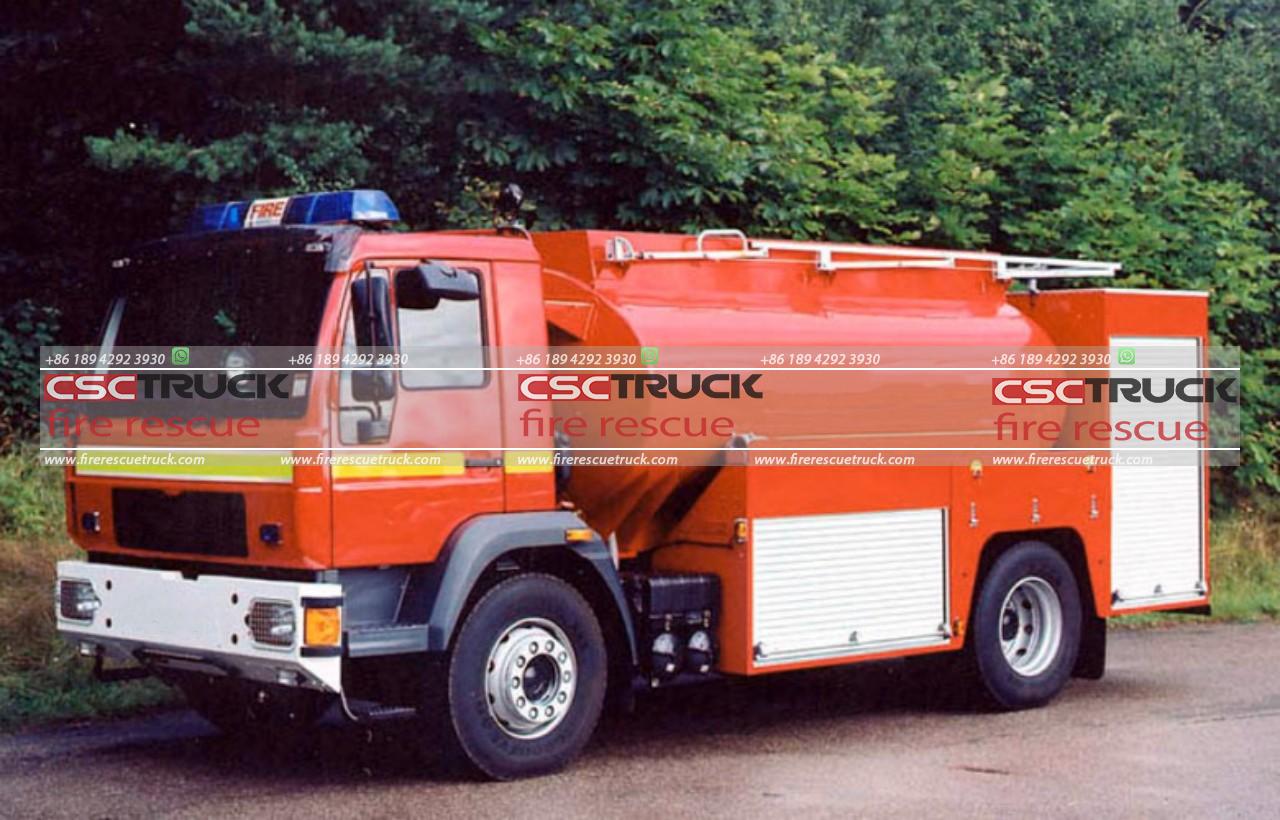
Pumping and Dispensing Systems
A water bowser is more than just a tank on wheels; it must be equipped with efficient pumping and dispensing systems. High-capacity pumps are necessary to ensure a steady and powerful flow of water, which is vital for effective firefighting. These pumps are typically powered by diesel engines, electric motors, or even PTO (power take-off) from the vehicle’s engine.
The dispensing system should be versatile, with hoses and nozzles designed to handle various firefighting tasks. Some browsers are equipped with hose reels for easy deployment and retraction, while others may have fixed or adjustable nozzles for direct water application. Advanced units might include foam mixing systems for generating fire-retardant foam, which is particularly effective against certain types of fires.
Maintenance and Safety
Regular maintenance is essential to ensure that water bowsers remain in optimal working condition. This includes routine inspections of the tank, pump, hoses, and all fittings to detect any signs of wear or damage. Keeping the browser clean and free from contaminants is also crucial, as dirty water can clog pumps and hoses or reduce firefighting effectiveness.
Safety features are integral to the design of a water bowser. Pressure relief valves, emergency shut-off systems, and secure mounting of the tank and equipment are some of the standard safety measures. Additionally, training for personnel on the proper use and maintenance of the bowsers enhances overall safety and efficiency.
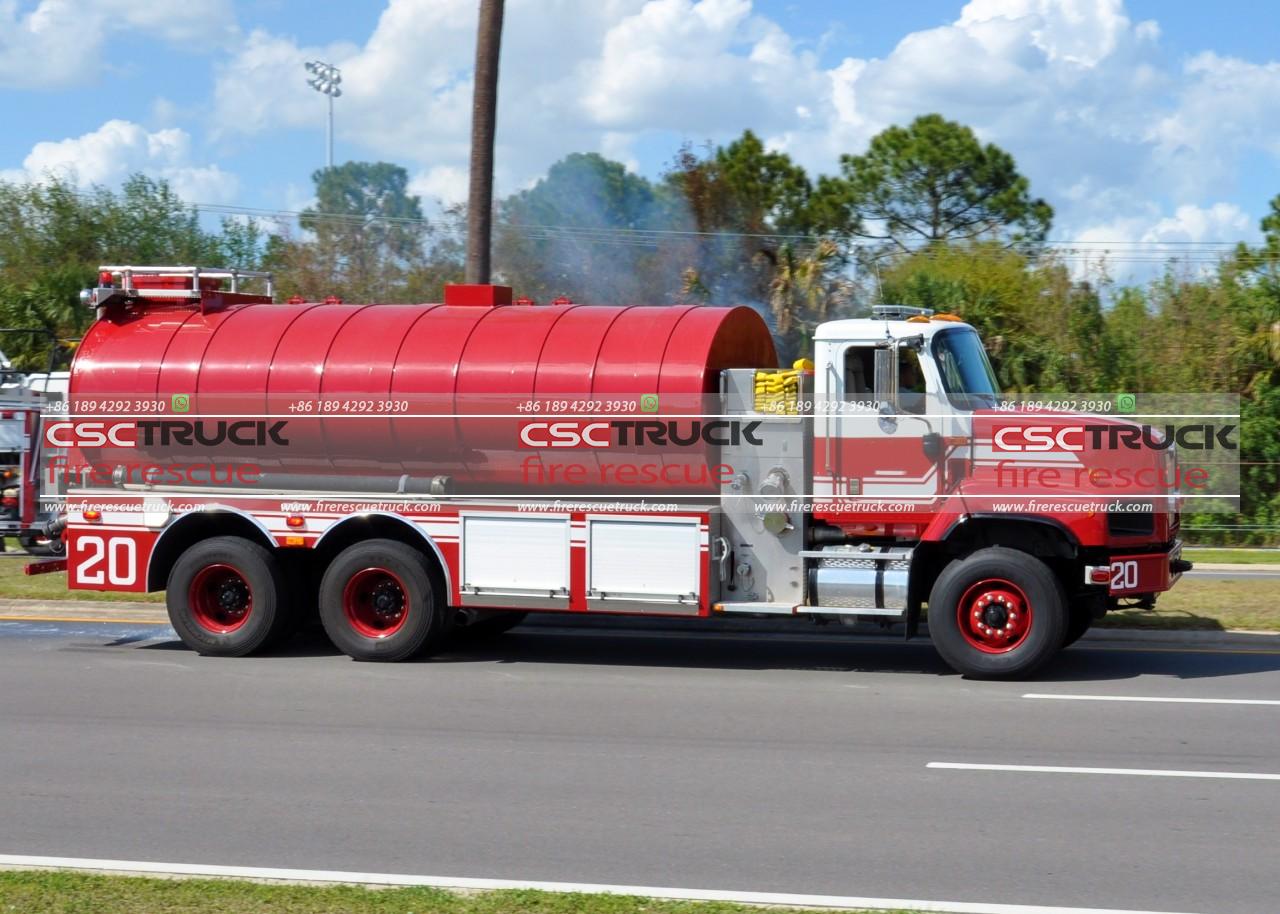
Innovations in Water Bowser Technology
The field of water bowser technology is continually evolving, with innovations aimed at improving efficiency, durability, and ease of use. Some of the latest advancements include:
– Smart Monitoring Systems: Incorporating sensors and IoT (Internet of Things) technology to monitor water levels, pump performance, and overall system health in real-time. This data can be transmitted to a central control point, allowing for proactive maintenance and efficient resource allocation.
– Modular Designs: Modern water bowsers are increasingly being designed with modular components, allowing for easy upgrades and customization based on specific firefighting needs.
– Eco-Friendly Features: Innovations such as solar-powered pumps and environmentally friendly materials are making water bowsers more sustainable. Reducing the carbon footprint of firefighting operations is becoming a priority.
Conclusion
In the battle against fires, the water bowser is an unsung hero, providing essential support that enables firefighters to do their jobs effectively. The durability, capacity, and advanced features of modern water bowsers ensure that they can meet the rigorous demands of firefighting operations. As technology continues to advance, water bowsers will undoubtedly become even more efficient and indispensable in safeguarding lives and property from the ravages of fire.
By investing in durable, high-quality water bowsers, firefighting agencies can enhance their operational capabilities, ensuring that they are always prepared to respond to emergencies with the most crucial resource of all: water.
